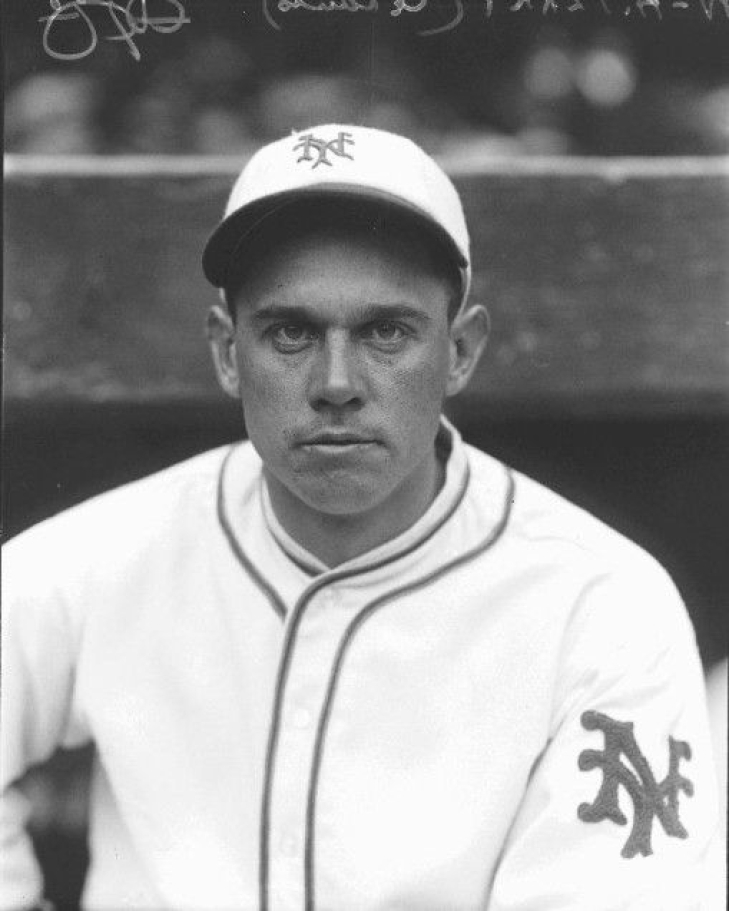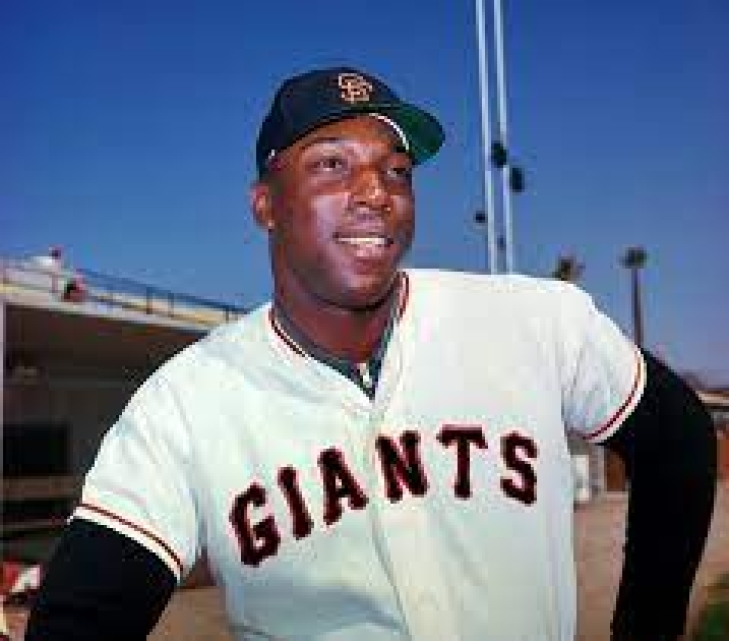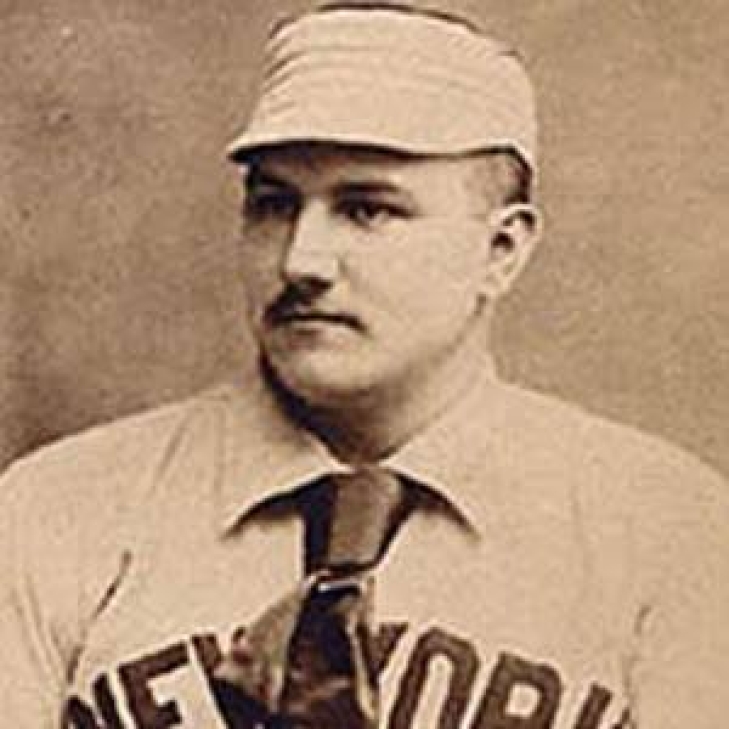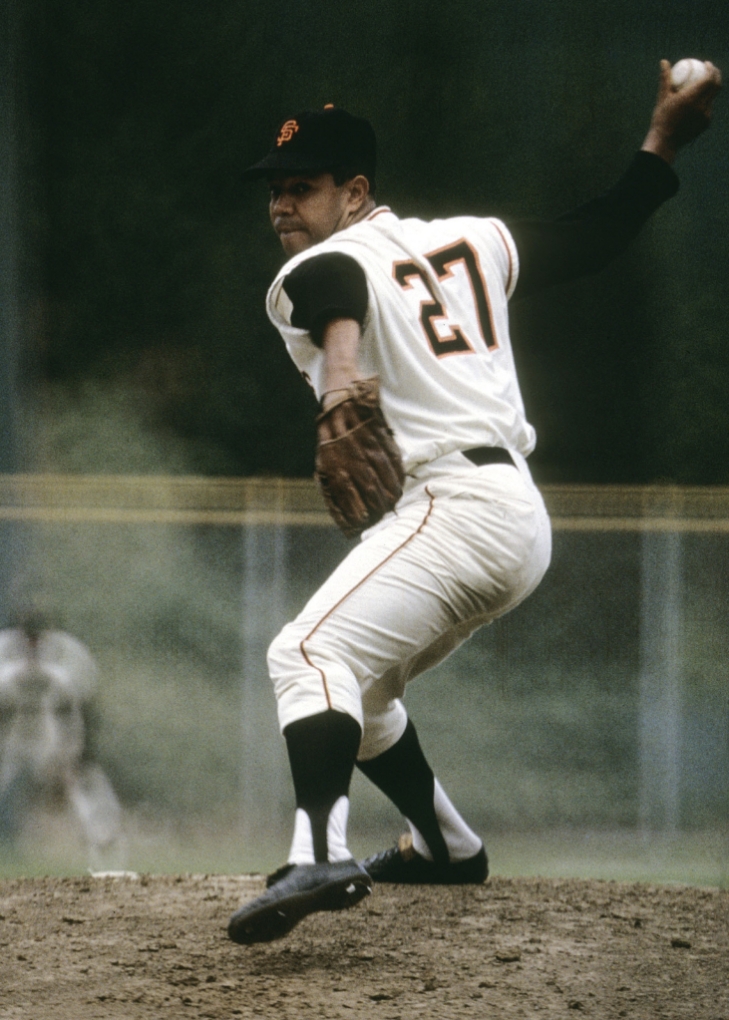
Committee Chairman
9. Bill Terry
Bill Terry played his entire career with the New York Giants and was the last National League player to bat over .400, a feat he accomplished in 1930. That being said, Terry was far more than that.
Debuting for New York in 1923, Terry was the Giants’ starting First Baseman for years, with his breakout coming in 1925. Collecting over 200 Hits in six different seasons, Terry batted .341 over his career while also amassing 154 Home Runs and 1,078 RBIs. Terry never won an MVP (though he finished in the top ten six times), but he did lead the Giants to a World Series Title in 1933.
Terry entered the Baseball Hall of Fame in 1954, and many years later, in 1980, he saw his number 3 retired by the team.
8. Willie McCovey
The Giants already had a popular power hitter in Willie Mays, but no rule in baseball says you can't have two.
Willie McCovey joined the Giants organization as an Amateur Free Agent in 1955, and four years later, he was their Rookie of the Year. With all due respect to McCovey, the Giants didn't know what they had early in his Major League career. McCovey was a unique Rookie of the Year winner, as he did not even get called up until July 30, and he won the award against slim pickings with only 219 Plate Appearances, but he had an OPS of 1.085 that year. Pitcher figured out McCovey in 1960, and his Batting Average dropped below .240, and he was sent to the Minors.
Over the first few years of the 1960s, McCovey showed power but not consistency, and it looked like he was meant to be an average MLB player, but he broke out in 1963, winning the Home Run Title (44), and going to his first All-Star Game. After a drop-off in 1064 (18 HR, .220 BA), McCovey roared back, with six consecutive 30-plus Home Run Seasons, leading the NL in 1968 (36) and 1969 (45). In both seasons, McCovey topped the Senior Circuit in RBIs, Slugging Percentage, and OPS, and he won the coveted MVP in 1969. He would have his third straight Slugging and OPS Titles in 1970.
McCovey remained a potent slugger into the 1970s, but the struggling Giants traded him to San Diego after the 1973 Season, but returned as a Free Agent as a popular veteran in 1977, concluding his career with San Francisco for four seasons before retiring in 1980.
The slugger blasted 521 Home Runs, 469 with the Giants, while also collecting 1,974 Hits and 1,388 RBI for the team. The Baseball Hall of Fame inducted McCovey in his first year on the ballot in 1986. The Giants also retired his number 44 in 1980, and he was chosen for the inaugural class of the Giants Wall of Fame in 2008.
7. Amos Rusie
Amos Rusie debuted at the Major League level with the Indianapolis Hoosiers in 1889, and you could say he was the original "Wild Thing." Rusie was prone to wildness, and although there were no radar guns back then, it was generally believed that he was among one of the fastest throwing Pitchers in the sport.
The Hoosiers folded after Rusie’s rookie year, and most of the team, including Rusie, was given to the New York Giants to bolster the flagship of the National League. Rusie walked many batters, giving more free passes each year from 1890 to 1894, but he countered that by fanning more batters than anyone else in the same period. Rusie led the NL in Strikeouts five times, and he did not allow many hits either, as he was also a four-time leader in H/9.
Rusie’s wildness was one reason baseball moved the mound ten feet back to 60, the current length. It didn't stop Rusie from beaning Hughie Jennings in 1897 in the head so hard that the latter was comatose for days, but you were never not entertained by a Rusie start.
Rusie made Giants history, becoming the first player for their team to throw a no-hitter (1891) and the first to win the Pitcher's Triple Crown in 1894 (36 W, 2.78 ERA, 208 SO). After his 1894 juggernaut of a year, Rusie had an average campaign but was still the team's top star. Rusie thumbed his nose at Andrew Freedman, the Giants owner, which was that century's version of extending the middle finger. Freedman fined him $200, a number that was nearly a tenth of his salary, and he sat out the entire 1896 Season in protest. Fearing a lawsuit, the other owners intervened, paying off Rusie, and the flamethrower returned to win his second ERA Title.
Rusie’s arm trouble and off-field problems kept him out of the 1899 and 1900 Seasons, but the Giants were able to trade him to Cincinnati straight up for a young Christy Mathewson, which would be the first great heist of the century. Rusie played in only three Games for the Reds before retiring, while Mathewson became one of the greatest hurlers ever. Despite that lopsided transaction, Rusie was outstanding in his day, winning 234 Games against 163 Losses with 1,835 Strikeouts and a 2.89 ERA.
Rusie was also a competent batter and fielder, batting .253 with 410 Hits with the Giants, which doesn’t hurt this rank.
He entered the Baseball Hall of Fame in 1977 via the Veterans Committee.
6. Juan Marichal
As baseball spread across the Dominican Republic, it was only a matter of time before a star Pitcher would come from that Caribbean island. That star was Juan Marichal.
Signed in 1957, Marichal brought his signature high kick delivery stateside and debuted for San Francisco three years later, entering the starting rotation, which is where he stayed for over a decade. Marichal had a breakout year in 1962, going to his first of eight straight All-Star Games and cementing his spot as the staff ace throughout the rest of the 1960s.
Marichal strung together four straight 20-Win years (1963-66) and another two in 1968 and 1969. He led the National League in that statistic in 1963 and 1968, and though he only won one ERA Title (1969), he kept his ERA under 2.80 every season from 1963 to 1969. His control was also displayed throughout his career, as he was a three-time leader in SO/BB, a four-time leader in BB/9, and twice topped the NL in WHIP.
Moments also mark greatness, and Marichal had his share. He threw a no-hitter in June of 1963, and a month later, he out-dueled Warren Spahn of Milwaukee in a sixteen-inning classic where he shut out the Braves. Marichal didn't win a World Series, but he did help them reach the playoffs twice (1962 & 1971). After his skills eroded, his contract was sold to the Red Sox, but he retired soon after.
With the Giants, Marichal won 238 Games against 140 Losses with a 2.84 ERA and 2,281 Strikeouts.
Marichal was chosen for the Baseball Hall of Fame in 1983 on his third year on the ballot. His number 27 was retired by the team in 1975, and in 2008, Marichal was inducted as part of the first San Francisco Giants Wall of Fame Class.





